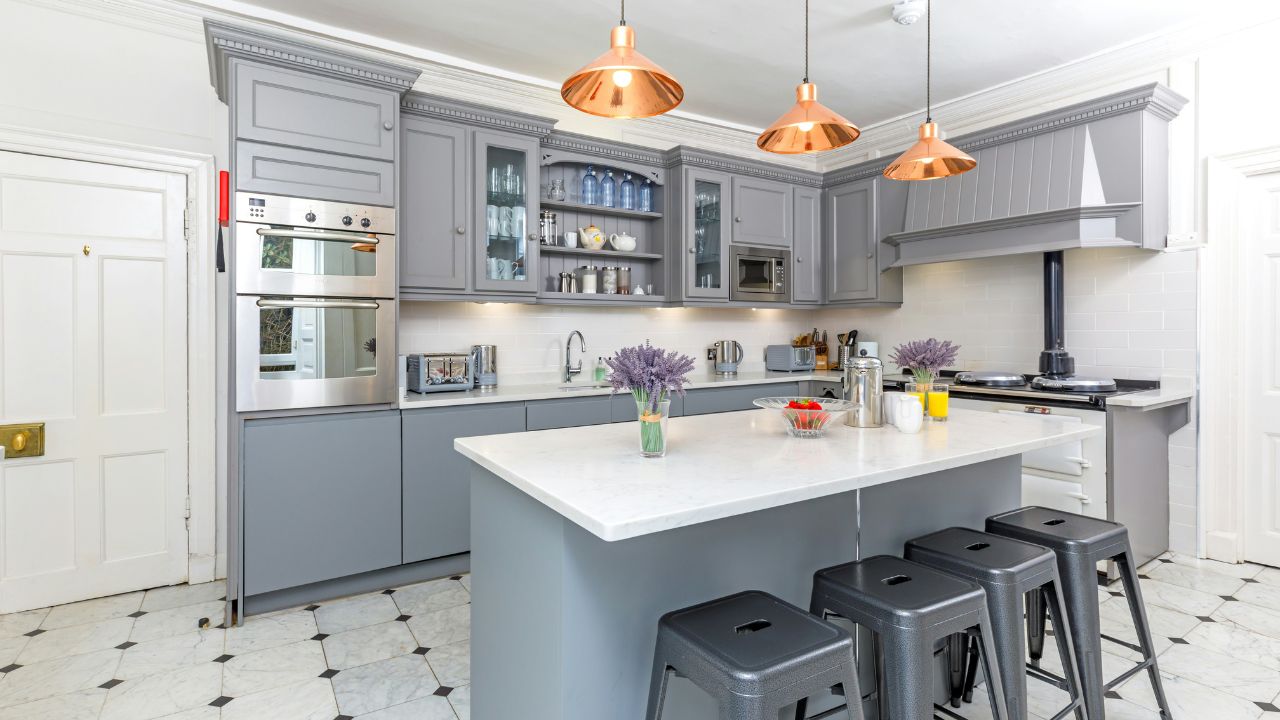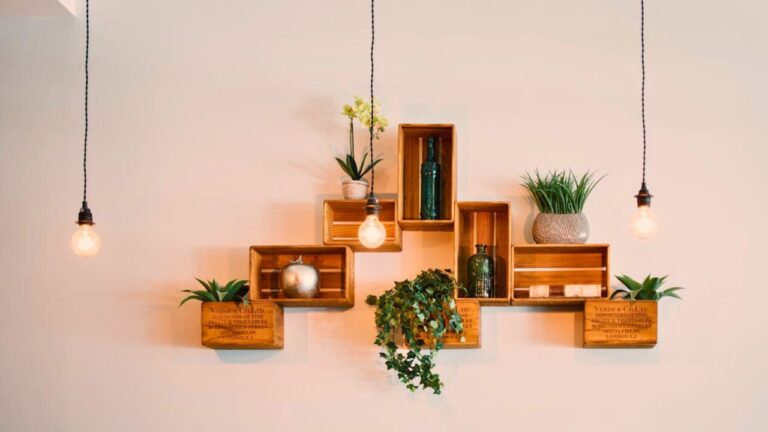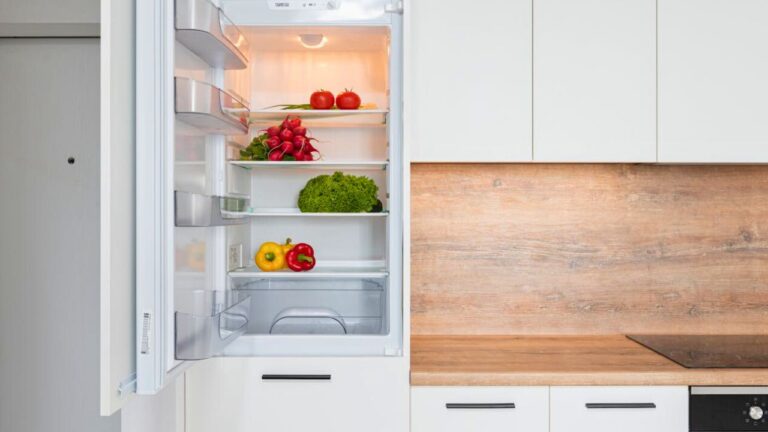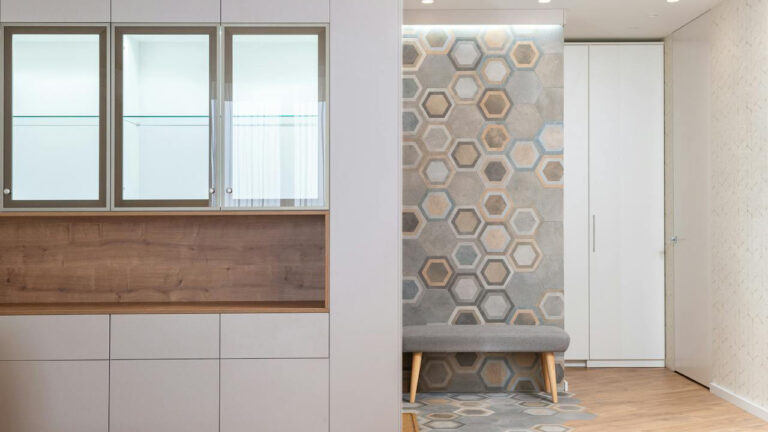How your cabinet color is clashing with the rest of your home
You might love your cabinet color, but that doesn’t mean it fits the rest of your home. Paint trends shift, undertones clash, and lighting changes everything. What looked rich and timeless five years ago might now make your space feel dated or disconnected.
The problem usually isn’t the color itself—it’s how it interacts with your floors, walls, and fixtures. When your cabinets don’t flow with the rest of the house, it throws off the whole feel, even if the kitchen is spotless.
Your undertones don’t match
Most people pick cabinet colors based on what they like in the store, but few think about undertones. Warm beiges, cool grays, and muted greens all read differently next to your wall paint or flooring. A creamy cabinet next to a gray wall, for example, can look yellow. A cool-toned white beside warm wood floors can suddenly look blue.
If something feels “off” but you can’t pinpoint why, mismatched undertones are probably to blame. The fix doesn’t always mean repainting everything—sometimes changing your wall color to complement your cabinets brings balance back fast.
Lighting can completely change how paint reads
The same cabinet color can look totally different in natural versus artificial light. If your kitchen feels dark or overly bright, the light temperature may be exaggerating certain tones. Warm bulbs make grays turn beige, and cool LEDs can make white paint look harsh or sterile.
Before deciding your cabinets are the problem, switch your bulbs. Try a neutral or daylight LED that’s closer to natural sunlight. It evens out color perception and helps you see your true undertones before making big changes.
Flooring plays a bigger role than you think
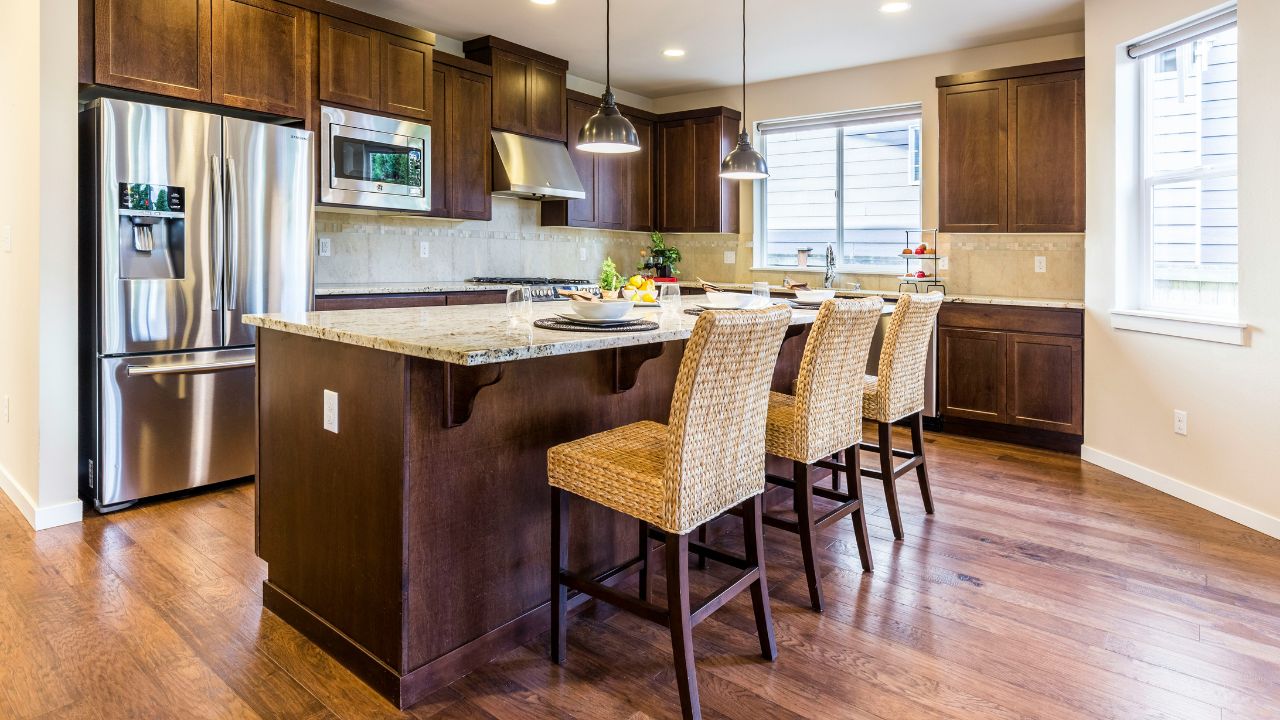
Your flooring sets the base tone for the entire space, so if your cabinet color clashes with it, the room will always feel a little off. Orange-toned wood floors with gray cabinets, for example, compete rather than complement. The same goes for dark espresso cabinets with equally dark floors—they flatten the room and make it feel smaller.
If you’re not ready to refinish or replace flooring, you can soften the contrast with a runner or rug that bridges the two tones. It helps pull the space together until you’re ready for a bigger update.
Wall color ties it all together—or pulls it apart
Wall paint is often the silent culprit behind color clashes. Even the most beautiful cabinets can look wrong if the wall shade behind them is too close in tone or too far apart. A mid-tone wall color beside mid-tone cabinets, for example, can make everything blend together and lose depth.
Choosing the right contrast makes all the difference. Lighter walls can make darker cabinets stand out, while a muted color can soften bold cabinets without dulling them. Sometimes the smallest change—a new coat of paint on the walls—can make your cabinets feel brand new.
Hardware finishes can make or break the look
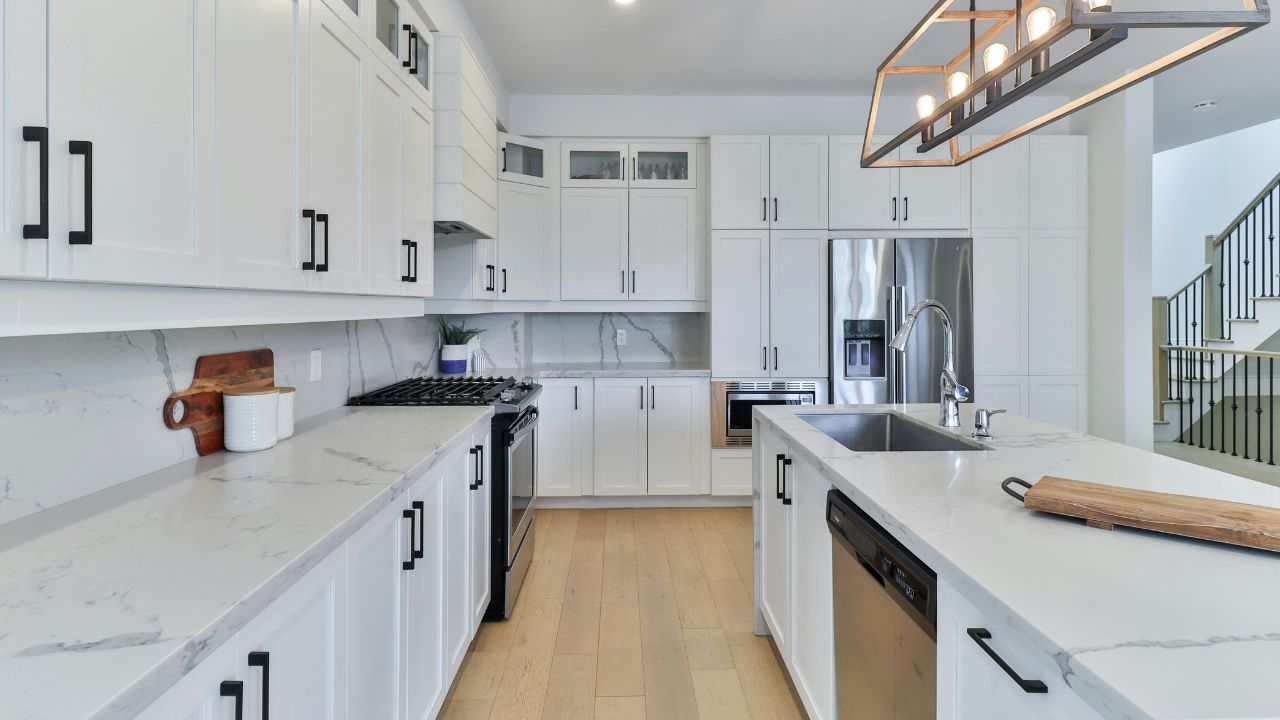
Even if your cabinet color works with the rest of your house, outdated or mismatched hardware can throw the whole room off. Brushed nickel pulls on warm cream cabinets can look cold, while matte black hardware can ground a soft white or pale green. The finish should echo other elements in your home, like door handles or light fixtures, to create a sense of cohesion.
If your cabinets feel out of place, try swapping the hardware first. It’s one of the easiest, most budget-friendly updates you can do—and it often fixes what feels “off” about your space.
Test before you commit
Cabinet colors are an investment in both time and money, so rushing the decision usually leads to regret. Always test swatches on your actual cabinets and view them in daylight, evening light, and artificial lighting. Paint chips from the store can’t show how the color interacts with your home’s specific tones and finishes.
If you’re second-guessing your cabinets now, start by studying what surrounds them. The issue might not be your color choice—it could be the walls, flooring, or lighting working against it. Once those are aligned, your cabinets will look intentional again, not out of place.
When every tone flows together, your whole home feels more cohesive. You’ll know you’ve nailed it when your cabinets no longer stand out—and your kitchen finally looks like it belongs with the rest of the house.
Like Fix It Homestead’s content? Be sure to follow us.
- I made Joanna Gaines’s Friendsgiving casserole and here is what I would keep
- Pump Shotguns That Jam the Moment You Actually Need Them
- The First 5 Things Guests Notice About Your Living Room at Christmas
- What Caliber Works Best for Groundhogs, Armadillos, and Other Digging Pests?
- Rifles worth keeping by the back door on any rural property
*This article was developed with AI-powered tools and has been carefully reviewed by our editors.

